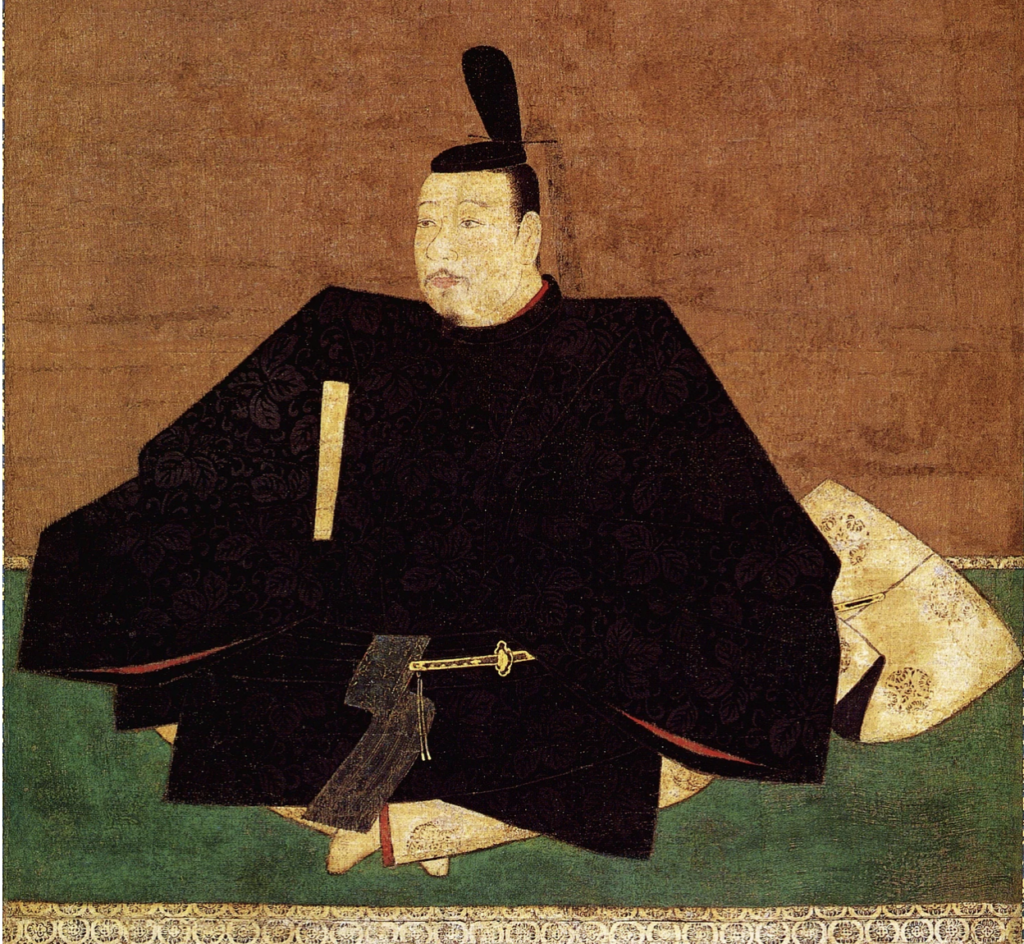
By: Unknown Artist
This week on Wednesday we started by talking about the time period after the Mongols’ invasions in Japan. During this time of roughly 1318-1333, Emperor Go-Daigo attempts to restore power to the monarchy. This period would be later called the “Kenmu restoration” (1333-1336), though it ultimately would fail. Go-Daigo was given the opportunity for the restoration due to a specific rule that the Hōjo regents put into effect that stated that every ten years the other half of the growing imperial family would rule. However, when it was Go-Daigo’s turn to give up power he decided to get rid of the system and make him emperor for life. He does this because he wants his sons to become the next emperors. During the Kenmu restoration, Go-Daigo came up with the Kenmu Code in 1336. The code details rules that everyone should follow to fix the problems occurring throughout Japan, specifically Kyoto. Go-Daigo references Prince Shōtoku’s Seventeen-Article Constitution and his Buddhist and Confucian ideals within the document. These ideals can be specifically seen in articles one and 13. For example, article 13 states, “The need for emphasizing decorum. An overriding concern for etiquette and decorum is most important for ruling the country.1” Prince Shōtoku’s ideals are illustrated because in this article Go-Daigo stresses the importance of decorum. Shōtoku emphasized that decorum was of utmost importance when ruling a nation and Go-Daigo appears to share the same belief. This sentiment appears in Prince Shōtoku’s Seventeen-Article Constitution in the fourth article which describes that “The ministers and functionaries should make ritual decorum their leading principle, for the leading principle in governing the people consists in ritual decorum.2” Here, Prince Shōtoku explains that to govern a nation the ministers and functionaries have to perform ritual decorum. Did Prince Shōtoku believe ritual decorum was necessary because of his Buddhist and Confucian beliefs? Or was there a proven strategy that showing ritual decorum improves governability?
However, this Kenmu code is not really put into effect as later that same year, in 1336, the Kenmu restoration ended and Askihaga Takauji usurped power. Askihaga Takauji was Kamakura’s best warrior who allied with Go-Daigo, disgruntled at the lack of compensation for his efforts in 1331. However, their partnership ended when Takauji turned on Go-Daigo after defeating Kamakura and realizing that he held all the power. As such, Takauji defeated Go-Daigo and made himself the new shogunate, and started the Muromachi shogunate. The Muromachi shogunate lasted from 1136-1573. Though it is curious why Go-Daigo waited 3 years to put laws into place to fix the problems in the capital and other places in Japan. Wouldn’t his inaction cause people to turn on him? Also, why didn’t Kamakura, who held all the warriors, nip Go-Daigo’s revolt sooner? Did they think they were untouchable?
Bibliography
The Kenmu Code.” In Sources of Japanese Tradition, Vol. 1: From Earliest Times to 1600, compiled by Wm. Th. de Bary, Donald Keene, George Tanabe, and Paul Varley, 419-420. Second edition. Introduction to Asian Civilizations. New York: Columbia Univ. Press, 2001. PDF
“The Seventeen Article Constitution of Prince Shōtoku”. (from: de Bary, William Th. ed. Sources of Japanese Tradition, Volume One: From Earliest Times to 1600. 2nd edition. New York: Columbia University Press, 2002) (PDF)
Leave a Reply